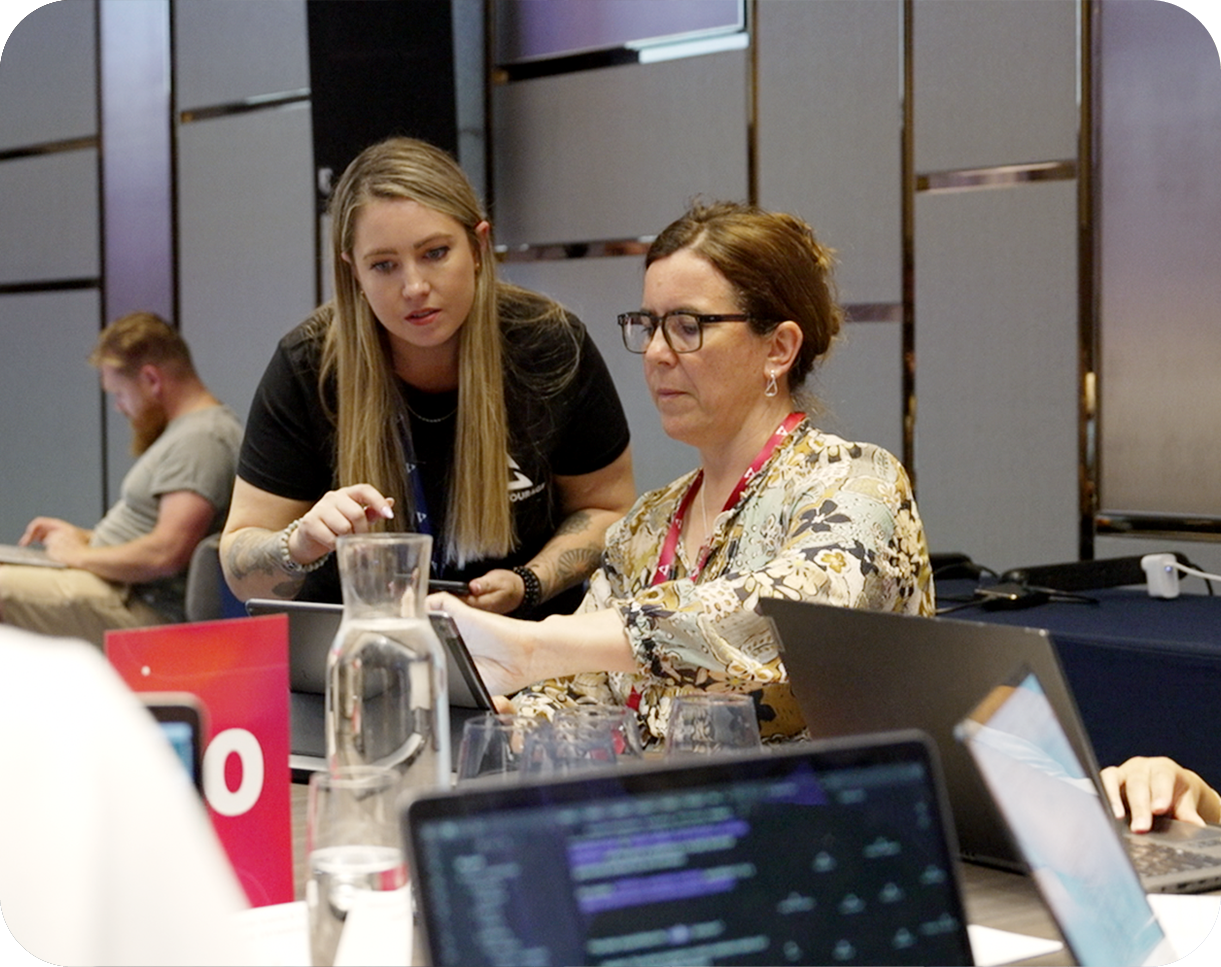Over the past decade, the iGaming industry has transformed from a developing sector to a global giant. At the heart of this are operators working around the clock to scale their digital revenue models and keep up with the fiercely competitive iGaming market.
In 2015, the market was valued at only $37.5 billion. As of 2025, the industry has grown to $97 billion and is projected to reach $125.6 billion by 2027. Operators are introducing new concepts, such as online casinos not on GamStop, while optimising every aspect of their digital ecosystem. The trend proves that players now value flexibility, quick access, and fewer restrictions when choosing where to play.
Our guide explores how leading iGaming companies are achieving sustainable growth, while dissecting key pillars of their revenue models.
Current State of the iGaming Industry
Technological advancements have recently driven the current expansion in the iGaming industry. This growth comes amid evolving consumer preferences and regulations worldwide.
The industry has also reshaped the entertainment world while establishing itself as a powerhouse in the digital economy. In 2025, the global online casino market is valued at $100-110 billion. In comparison, the most revenue is generated from the United States, which stands at $72 billion.
What’s Driving the Growth?
The success of iGaming companies in the entertainment space isn’t due to luck. Here are factors pushing the tremendous growth behind the industry:
Technological Advancements
The iGaming sector is at the forefront, driving innovation and improving overall user experience. AI is the main factor that has enabled highly personalised experiences, optimised operations through advanced data analytics, and enhanced real-time fraud detection. The integration of AI and machine learning was adopted by over 40% of iGaming platforms.
Similarly, blockchain adoption has surged, with around 60% of cryptocurrency transactions linked to iGaming. This has provided greater security and transparency, which were lacking in traditional payment methods.
Operators now use blockchain for smart contracts, creating decentralised gaming ecosystems and enabling immediate payouts. These improved customer satisfaction with their betting products.
Mobile iGaming Trends
The boom in smartphone usage led to strong demand for mobile gaming. Around 75% of online casino gamers play via mobile phones. This trend encouraged game developers and operators to make their websites mobile-optimised. This led to more responsive and engaging gaming surroundings.
Gaming apps also became popular and were highly optimised to support high-speed gaming, in-app notifications, and live betting. As a result, game developers and operators made their sites mobile-friendly, creating a more responsive and immersive gaming environment.
Regulatory Hurdles Changes
The evolving regulatory landscapes in previously restricted markets are opening up new opportunities for operators. In 2023, six new countries implemented regulatory frameworks, granting access to over 20 million users.
Emerging markets such as Africa, Latin America, and parts of Asia have embraced regulatory reforms. This opened doors for new operators to expand their reach into these markets.
Additionally, operators have implemented safe betting practices and player protection policies to boost player trust. In more regulated markets like the United States, states such as Pennsylvania and New Jersey have witnessed significant revenue growth following legalisation.
How Digital Revenue Models Make Sense for iGaming Companies
Most successful iGaming companies are expanding methodically into new markets. They practice sophisticated, data-driven strategies to increase their revenue.
New User Acquisition
A key driver of digital revenue growth is attracting the right audience, which increases the casino’s revenue. iGaming companies use Search Engine Optimisation (SEO) to rank high on search engine results pages for relevant keywords. These strategies rely on basic business knowledge, including understanding target markets, customer behavior, and value propositions. This approach attracts new users and improves retention rates.
Data Analytics
Leveraging the power of artificial intelligence helps platforms automate data cleaning, generate predictive insights, and detect complex patterns. This improves decision-making while enhancing customer experiences through personalisation. Moreover, some iGaming platforms analyse predictive behaviour, offering tailored gambling services.
Optimised Player Retention
iGaming platforms are increasingly introducing new products to keep current players engaged with their platforms. Features such as VIP or loyalty programmes provide players with exclusive perks to make them feel valued. Some of these offers include a dedicated personal manager, badges, free spins, or new challenges. Players can also unlock achievements and earn rewards.
Future of iGaming Companies
Technological advancements continue to shape the future of the iGaming world. Gamification features boost retention and session times with elements like free spins, loyalty points, and mission-based tasks that increase user engagement.
Moreover, operators continue innovating the entertainment space to deliver an enhanced gaming experience. Expansion into new markets and changing regulatory frameworks create new opportunities for operators to reach their target audience. We’ve witnessed iGaming companies partnering with sports leagues and teams to gain access to extensive fan bases.
Related Categories
Ryan Terrey
As Director of Marketing at The Entourage, Ryan Terrey is primarily focused on driving growth for companies through lead generation strategies. With a strong background in SEO/SEM, PPC and CRO from working in Sympli and InfoTrack, Ryan not only helps The Entourage brand grow and reach our target audience through campaigns that are creative, insightful and analytically driven, but also that of our 6, 7 and 8 figure members' audiences too.





